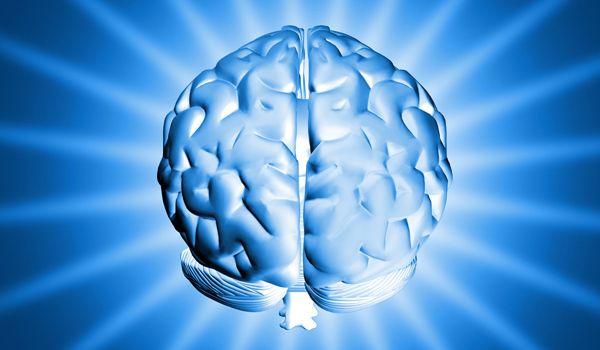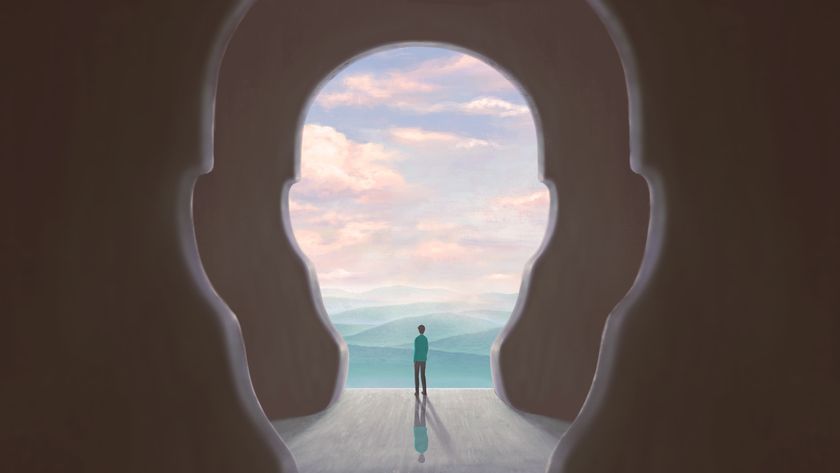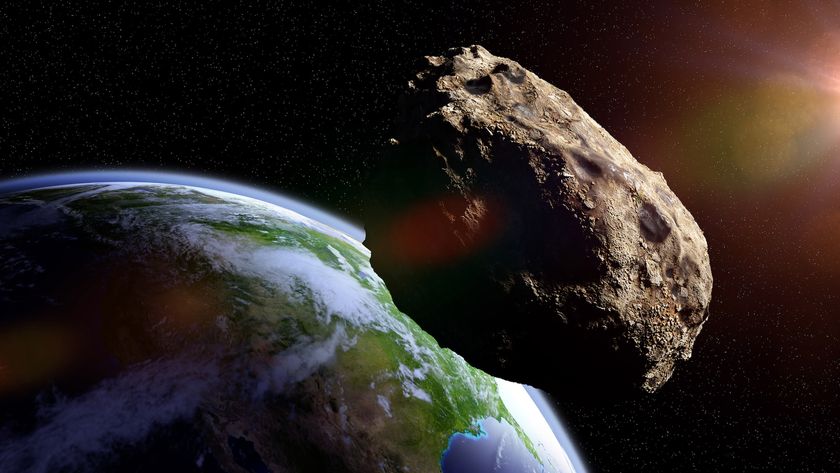Brain Images May Reveal PTSD Risk Before Disasters

People with weak connections in certain parts of their brains may be at increased risk for anxiety or post-traumatic stress disorder (PTSD) after a traumatic experience, a new study from Japan suggests.
The findings could one day allow researchers to predict which people will react especially severely to traumatic events, the researchers say.
Previous research has shown that the brains of people with PTSD differ from those without the condition. For instance, certain brain areas are smaller in people with PTSD, compared with people who've experienced traumatic events, but who didn't develop the condition. However, it has not been clear which brain features might put people at risk for PTSD, and which are instead a result of the condition.
In the new study, researchers analyzed information from 30 Japanese adolescents who experienced the 2011 earthquake that devastated parts of the country. The researchers had scanned the teens' brains before the earthquake, in connection with other studies. The subjects allowed researchers to reexamine their brains after the disaster.
The teens also completed a questionnaire after the earthquake to gauge their levels of anxiety. High anxiety after a trauma can indicate emerging PTSD, said study researcher Dr. Atsushi Sekiguchi, of Tohoku University.
The researchers specifically looked at changes to the brain's white matter, tissue that forms "cables" in the brain, or connections that allow brain areas to communicate with each other.
Participants who had weak connections in the front, right section of the brain before the disaster were more likely to have high levels of anxiety after the earthquake hit, the researchers said.
Sign up for the Live Science daily newsletter now
Get the world’s most fascinating discoveries delivered straight to your inbox.
It might be possible to apply this finding to military personnel, to predict PTSD vulnerabilities before deployment, Sekiguchi said.
The researchers also identified brain changes that appeared to be brought on by the disaster. Strong connections in the front, left section of the subjects’ brains after the disaster were linked to higher post-disaster anxiety.
These brain areas are involved in processing fear and anxiety, and in regulating emotions, Sekiguchi said. The connections may be strengthened in these areas because survivors with high anxiety are frequently accessing them, Sekiguchi said.
These insights into brain features may allow researchers to quickly identify people who are developing PTSD after a disaster, Sekiguchi said.
However, much more research is needed before scans looking at the strength of brain connections could be used to predict PTSD, or identify people with the condition after a traumatic event, Sekiguchi said. Right now, the "threshold" that would indicate a person is at increased risk of PTSD is not known, Sekiguchi said.
The study was presented this week at the annual meeting of the Society for Neuroscience in New Orleans.
Pass it on: Weak connections in certain parts of their brain may put people at risk for PTSD.
Follow Rachael Rettner on Twitter @RachaelRettner, or MyHealthNewsDaily @MyHealth_MHND. We're also on Facebook & Google+.

Rachael is a Live Science contributor, and was a former channel editor and senior writer for Live Science between 2010 and 2022. She has a master's degree in journalism from New York University's Science, Health and Environmental Reporting Program. She also holds a B.S. in molecular biology and an M.S. in biology from the University of California, San Diego. Her work has appeared in Scienceline, The Washington Post and Scientific American.


